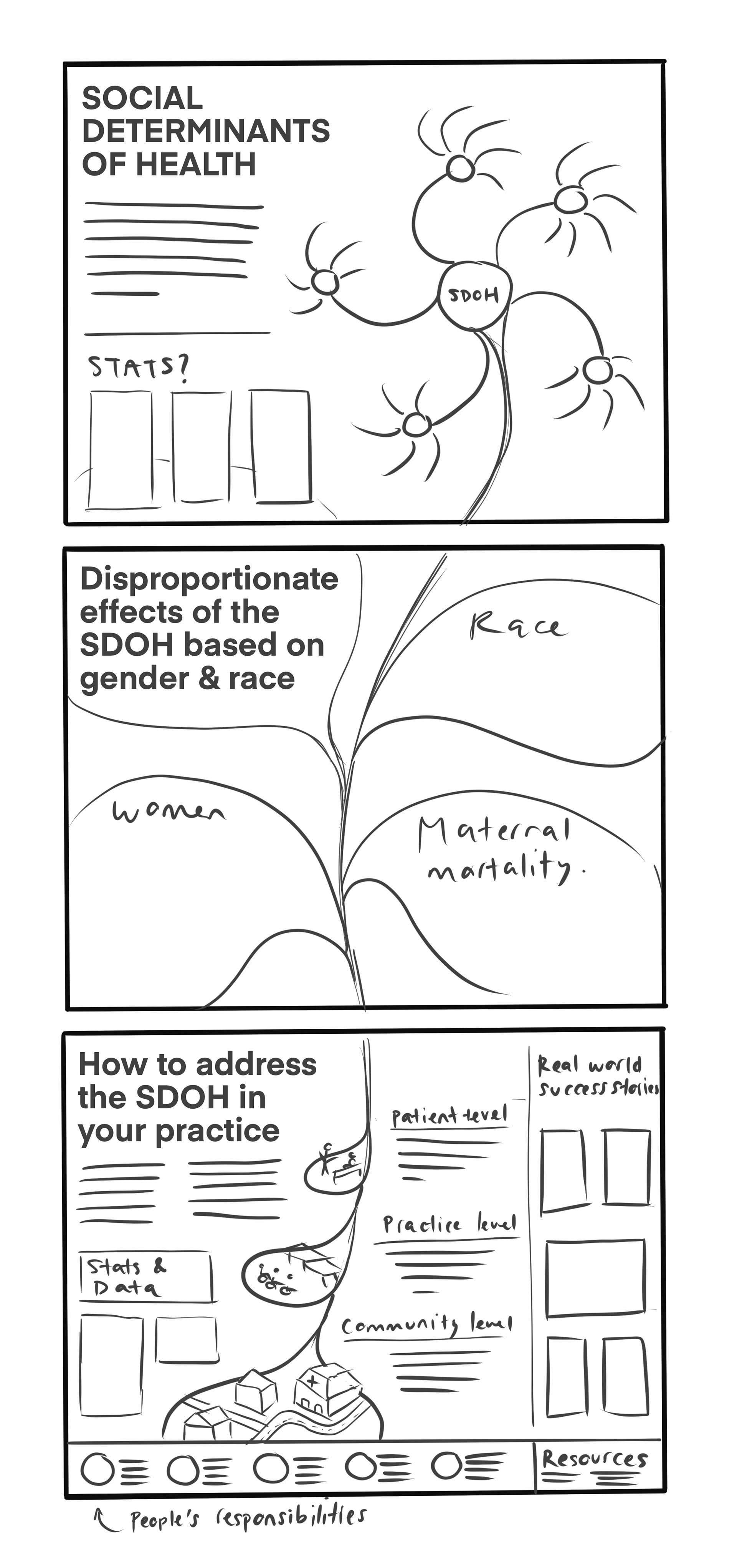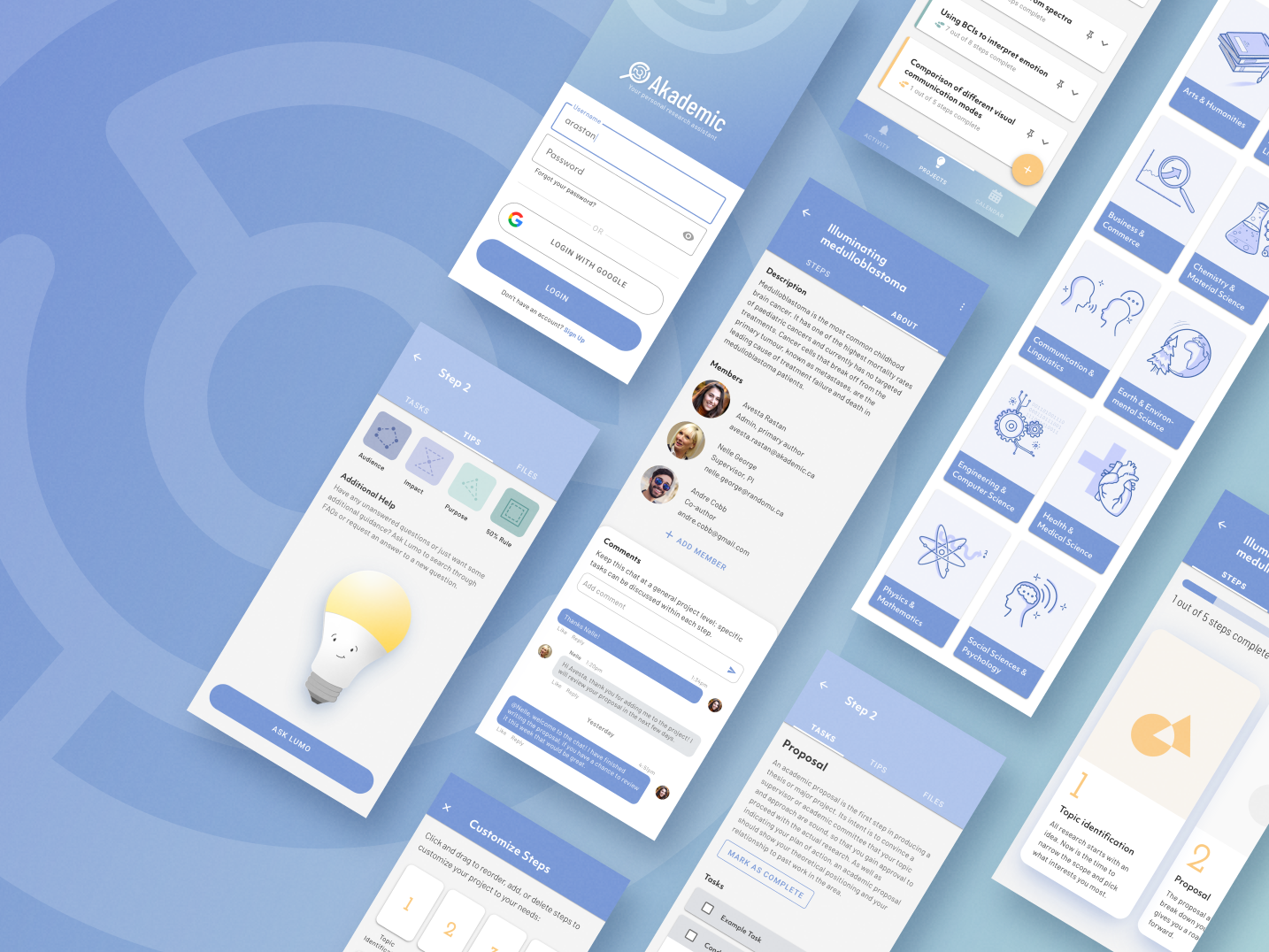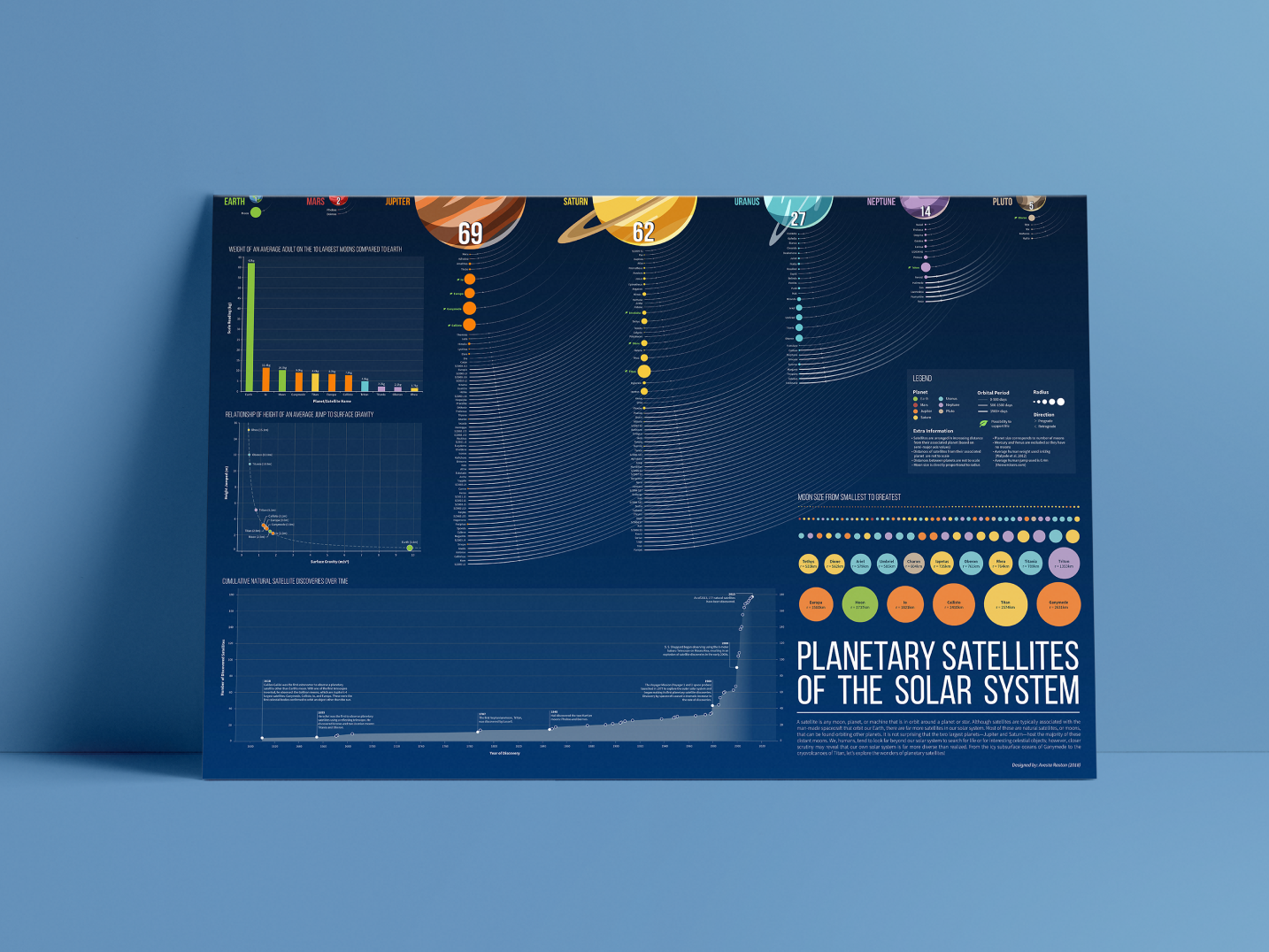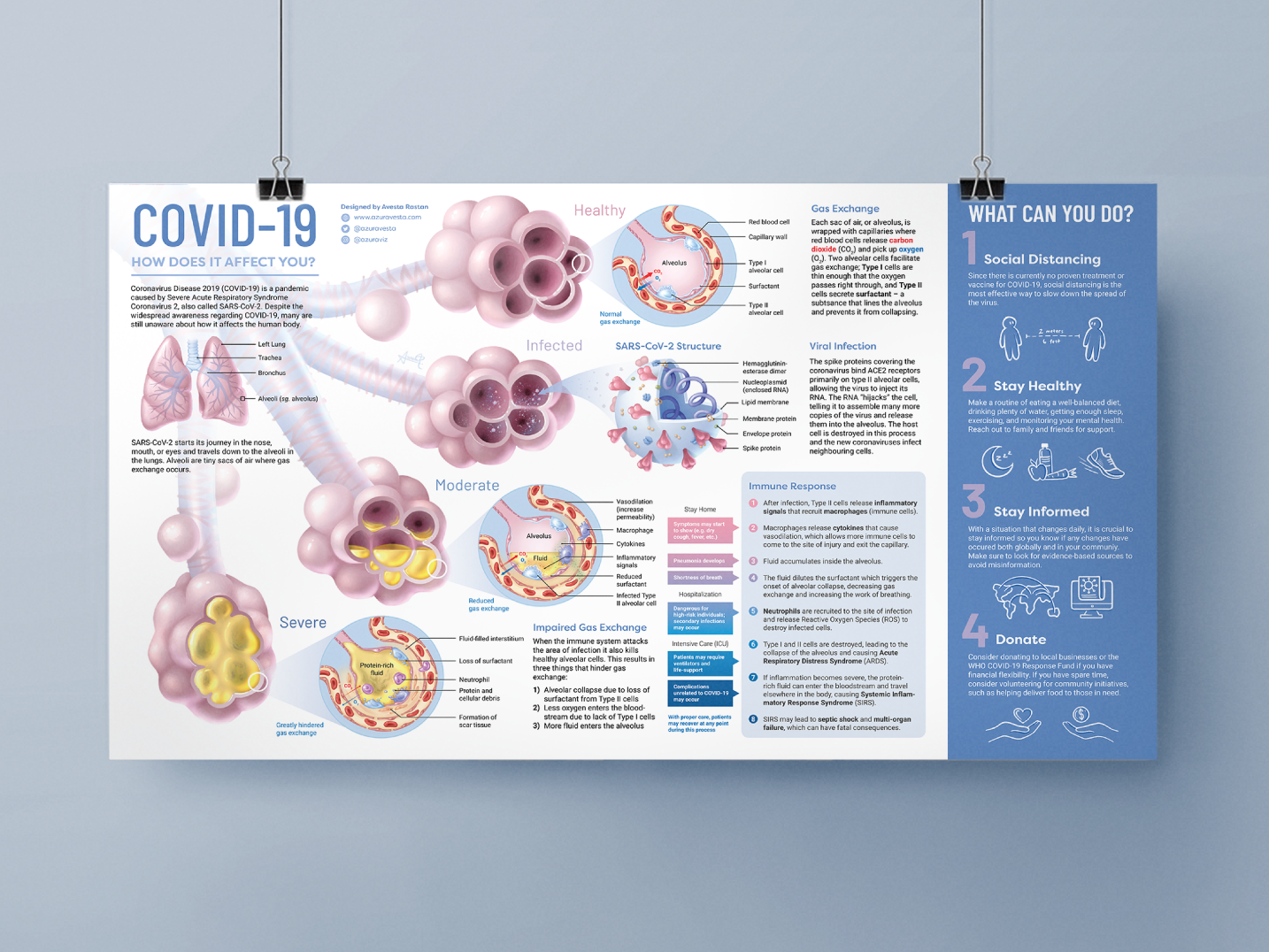Client
RoleS
Avesta Rastan - Research, Design, Illustration
Angela Gao - Art Direction, Research, Design, Illustration
Hannah Ahn - Icon Design
Angela Gao - Art Direction, Research, Design, Illustration
Hannah Ahn - Icon Design
Year
2023
Description
Social determinants of health (SDOH) are non-medical factors that greatly influence health outcomes, making them important for healthcare providers (HCPs) to consider when interacting with their patients. While many may be aware that socio-economic factors affect their patients’ ability to afford healthcare and take ownership of their health, the topic is still complicated and nuanced, making it difficult for HCPs to know how to incorporate these considerations into their practice.
This 2-part infographic series is intended to raise awareness of the SDOH and the various ways they influence health outcomes, and to provide evidence-based knowledge, resources, and actionable steps that HCPs can take to address inequities that may arise in clinical practice due to a lack of health equity-oriented perspectives.
Awards: People's Choice Award - AMI 2023
This infographic is available in English and Spanish to download for educational purposes. When sharing, you must credit Real Chemistry for the development of the infographic.
Real Chemistry commissioned this infographic while I was working there as a full-time Multimedia Production Artist. The goal was to show this piece to potential clients in order to attract more projects within the health equity space. A small team consisting of myself, art director Angela Gao, and illustrator Hannah Ahn was put together to develop the piece in 2 weeks.
First, Angela and I did a deep dive on current research in health equity – which turned out to be a hefty task! After reading more reports and papers than we could count, we compiled all of our notes in a shared document and slowly refined our story. We decided to focus on the SDOH since it is an extremely relevant topic, yet poorly taught. While most medical school's incorporate some minor training, it's easy for these consideration to fall to the wayside once HCPs enter clinical practice. This was our reason for designing the second part of the infographic, which outlines how HCPs can address the SDOH in their practice, as well as helpful links and resources for further learnings.
Once we had a content outline, we collected visual inspiration and made rough sketches for the layout. The process was highly collaborative, using Miro to share ideas and give each other feedback.



After deciding on the final layout design, we generated a colour palette and style guide. Angela and Hannah illustrated the components of part 1 of the infographic and I illustrated the components of part 2.
Due to the sensitive nature of this topic, extra care was put into crafting a thought-provoking and educational piece that uses non-harmful or stereotyping language. The piece highlights uncomfortable facts about how women of color in particular experience significant health disparities, which is balanced with specific calls to action that intend to leave the audience feeling empowered to tackle these complex issues. The identities of the human figures illustrated in the piece were carefully considered and intentionally diverse in race, gender, culture, and religion. The main character and all character portraits were based on references of real people to avoid as much representational bias as possible.











